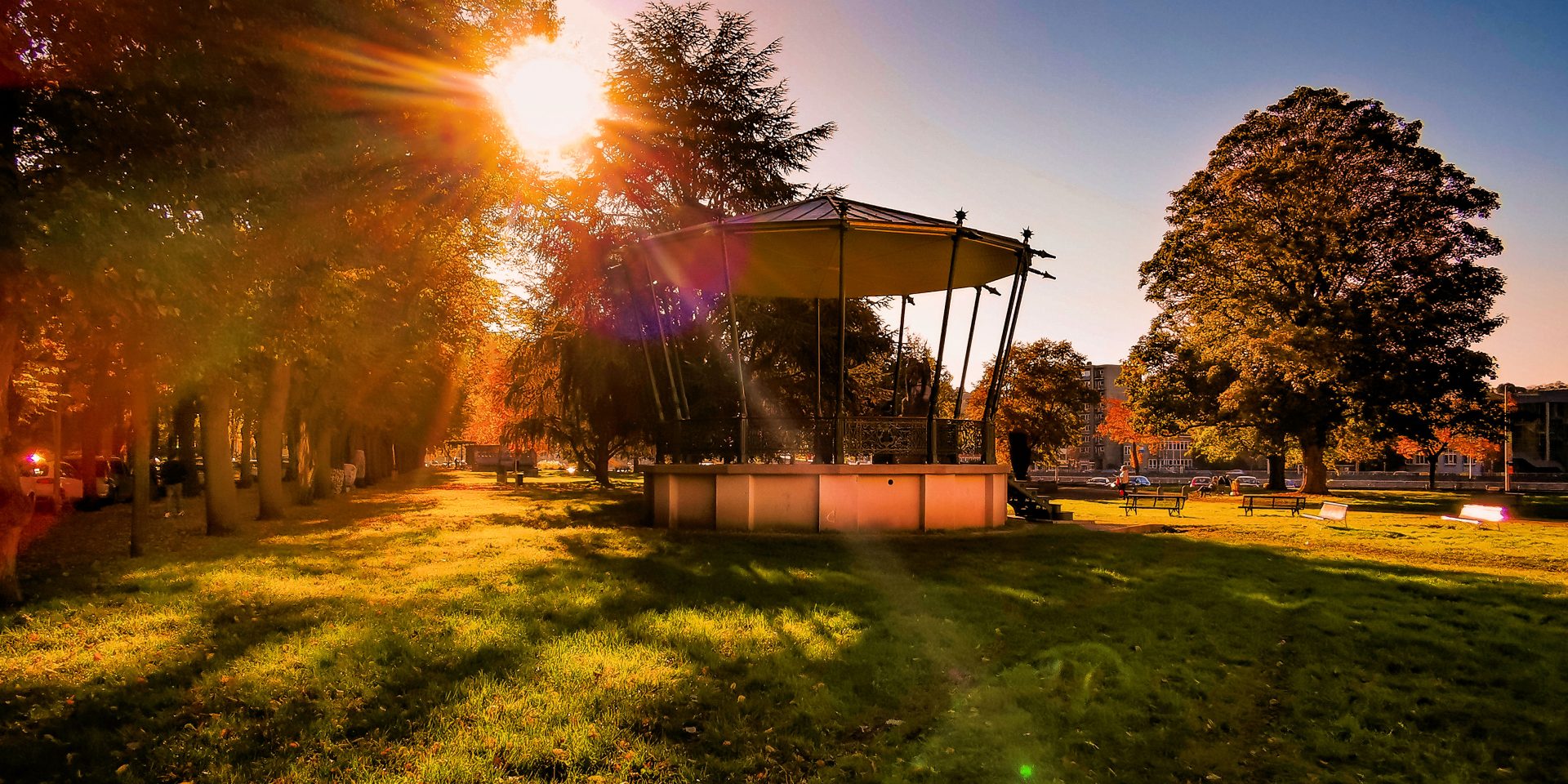The must-sees
Patrimonial, unusual, sporty, fun: if you had to do only one activity in this locality it’s in these proposals that you will find it.
 Kioske à contre jour
Kioske à contre jourPatrimonial, unusual, sporty, fun: if you had to do only one activity in this locality it’s in these proposals that you will find it.
Whether you’re looking for a place to stay, want to discover the expertise of our chefs, looking for your next outing,
need to get some fresh air… we’ve selected the essentials of the commune for you.